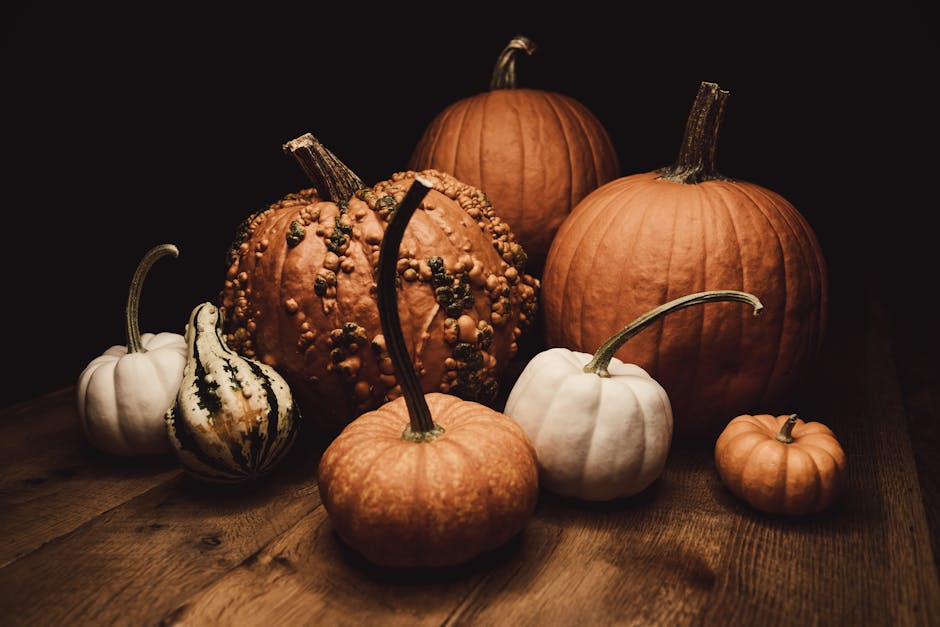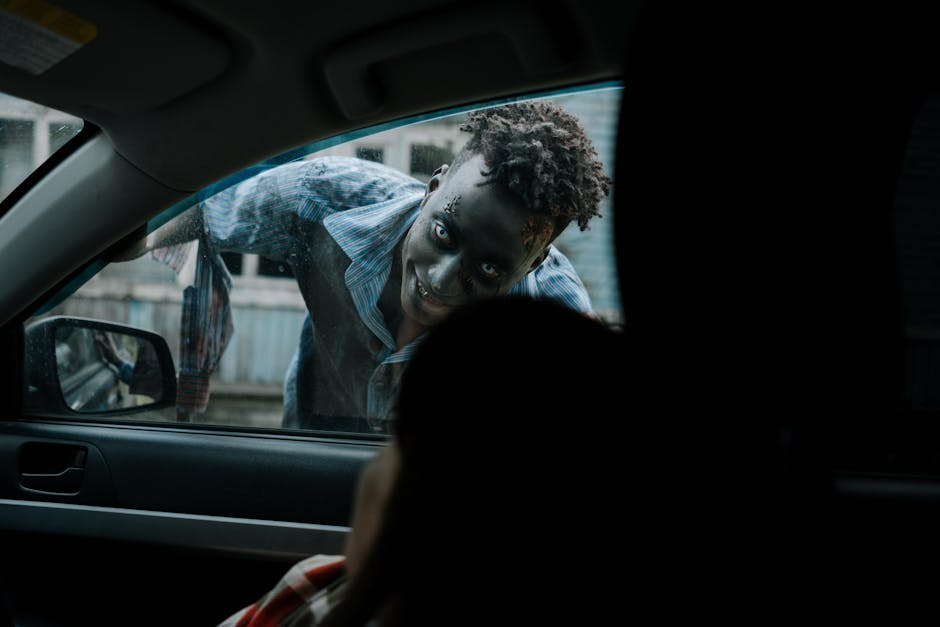As the crisp autumn air settles in and the leaves turn shades of gold and crimson, one iconic symbol of Halloween takes center stage: the carved pumpkin, or jack-o’-lantern. These glowing, grinning faces adorning doorsteps and windows have become synonymous with the spooky holiday. But have you ever wondered why we carve pumpkins to celebrate Halloween? The tradition is a fascinating blend of ancient folklore, cultural evolution, and seasonal practicality.
The Origins of the Jack-O’-Lantern
The story of the jack-o’-lantern begins with an Irish myth about a man named Stingy Jack. According to legend, Jack was a cunning trickster who outsmarted the devil not once, but twice. When Jack died, he was denied entry into both heaven and hell. Instead, he was doomed to roam the earth with only a burning coal inside a hollowed-out turnip to light his way. The Irish referred to this ghostly figure as “Jack of the Lantern,” which eventually morphed into “jack-o’-lantern.”
To ward off Jack’s wandering spirit and other malevolent entities, people in Ireland and Scotland began carving frightening faces into turnips, potatoes, and other root vegetables. These makeshift lanterns were placed outside homes to scare away evil spirits, especially during Samhain, an ancient Celtic festival marking the end of the harvest season and the beginning of winter. Samhain, celebrated on October 31, was believed to be a time when the boundary between the living and the dead blurred, allowing spirits to roam freely.
From Turnips to Pumpkins
When Irish immigrants brought the tradition to America in the 19th century, they discovered that pumpkins, native to the New World, were far easier to carve than turnips. Their larger size and softer flesh made them the perfect canvas for intricate designs. Over time, pumpkins became the preferred medium for jack-o’-lanterns, and the tradition became deeply ingrained in American Halloween celebrations.
The practice of carving pumpkins also aligned with the seasonal harvest. Pumpkins are ripe in the fall, making them a readily available and festive decoration. Their bright orange hue and round shape added a cheerful yet eerie touch to Halloween festivities, further cementing their place in the holiday’s iconography.
The Evolution of Pumpkin Carving
What began as a simple act of carving faces into pumpkins has evolved into an art form. Today, pumpkin carving is a creative outlet for people of all ages. From traditional spooky faces to elaborate designs featuring pop culture references, the possibilities are endless. Pumpkin carving contests and festivals have become popular events, showcasing the incredible talent and imagination of participants.
Modern technology has also influenced the tradition. LED lights and battery-operated candles now replace the traditional burning coal or candle, making jack-o’-lanterns safer and longer-lasting. Stencils, specialized carving tools, and even pumpkin-carving kits have made the process more accessible to beginners.
The Symbolism of the Jack-O’-Lantern
Beyond its historical roots, the jack-o’-lantern holds deeper symbolism. Its glowing face serves as a beacon, guiding trick-or-treaters and symbolizing the warmth and hospitality of the home. At the same time, its eerie expression embodies the spooky and supernatural essence of Halloween, reminding us of the holiday’s ties to the spirit world.
The act of carving a pumpkin can also be seen as a ritual of transformation. By hollowing out the pumpkin and giving it a new “face,” we symbolically prepare for the changing seasons and the darker, introspective days of winter. It’s a way of embracing the cycle of life and death, a theme central to both Samhain and Halloween.
A Timeless Tradition
The tradition of carving pumpkins for Halloween is a testament to the enduring power of folklore and cultural adaptation. From its humble beginnings in Irish mythology to its modern-day status as a beloved holiday activity, the jack-o’-lantern continues to captivate and inspire. Whether you’re carving a pumpkin for the first time or continuing a family tradition, you’re participating in a ritual that bridges the past and present, connecting us to the rich tapestry of Halloween’s history.
So, as you light up your jack-o’-lantern this Halloween, take a moment to appreciate the centuries-old story behind this glowing symbol of the season. It’s not just a pumpkin—it’s a piece of living history, shining brightly in the night.




